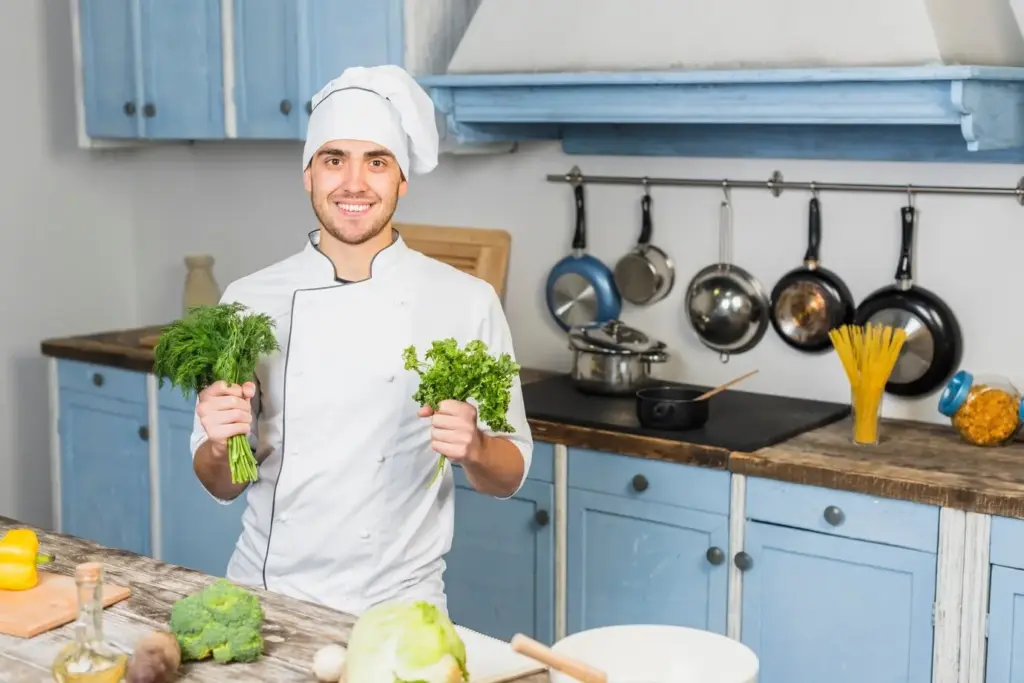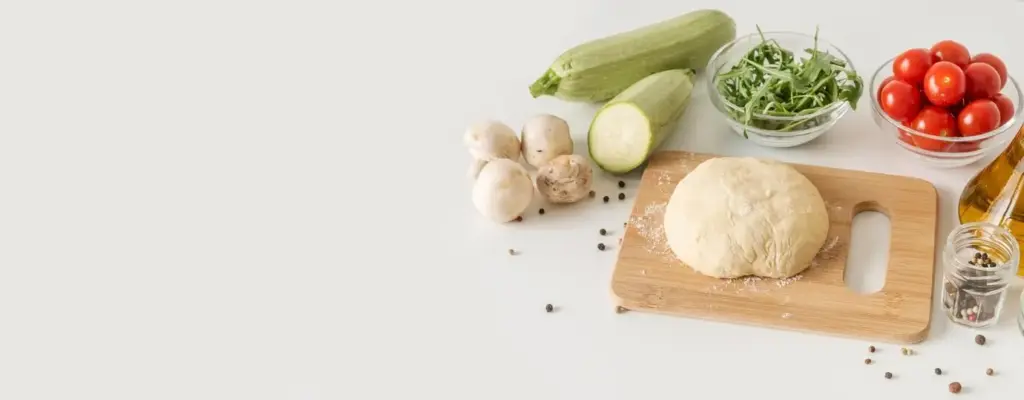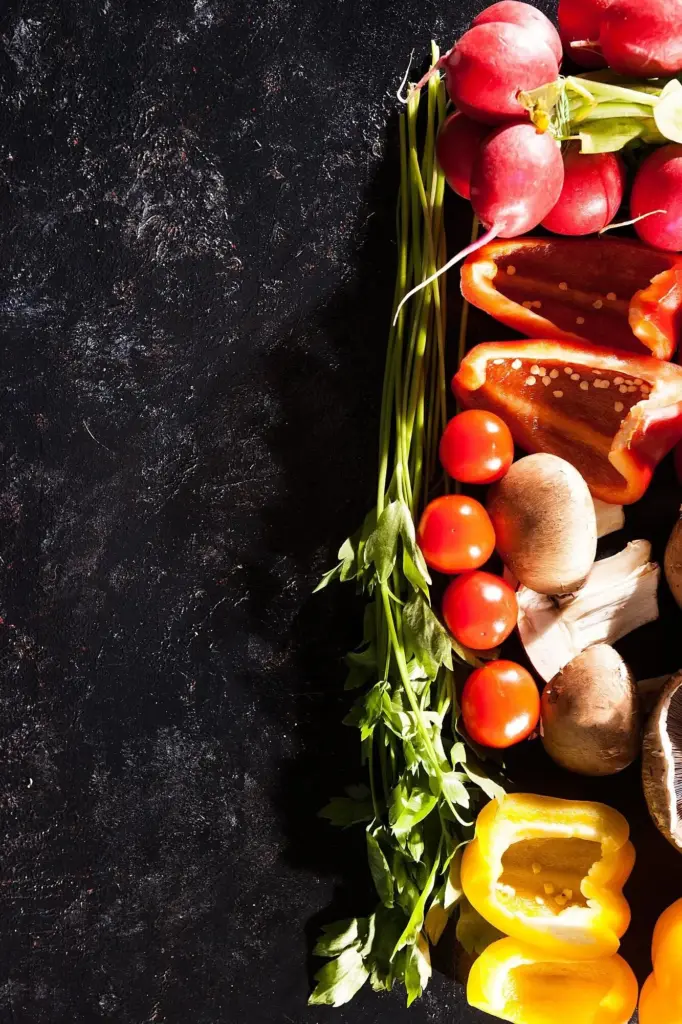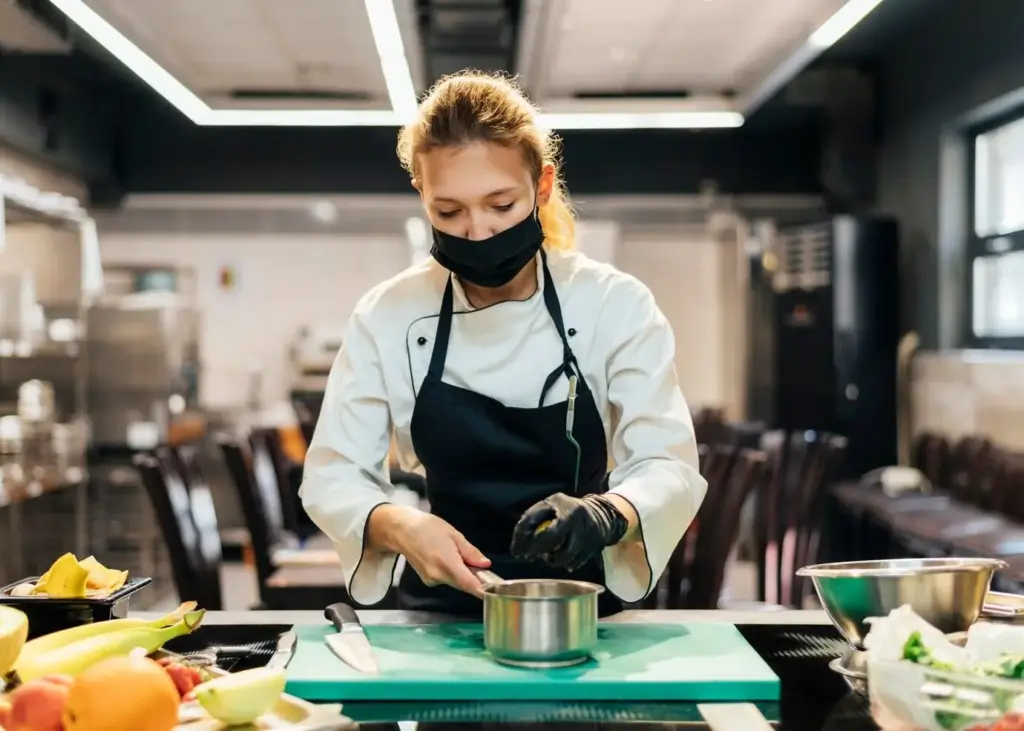Find Your Perfect Backyard Grill Without Guesswork
Today we dive into choosing and maintaining the right backyard grill—gas, charcoal, or pellet—so you can cook confidently, protect your investment, and serve meals that actually match your taste and schedule. You will learn how each fuel changes heat, flavor, cost, upkeep, and weeknight convenience through practical guidance grounded in real backyard experiences.
Gas in Real-Life Weeknights
When time is tight, gas turns hesitation into dinner. Push-button ignition, predictable heat, and quick preheat mean burgers in minutes and salmon that doesn’t dry out. You can set zones for sear and gentle finish, saving delicate asparagus from scorching. Learn to preheat grates, use a lid-down approach, and tame hot spots so midweek meals stay simple, flavorful, and stress-free.
Charcoal’s Ritual and Reward
Lighting charcoal is a small ceremony that pays back with unmistakable aroma and caramelized crusts. A chimney starter, proper airflow, and patient timing yield clean heat and a deeper bark on ribs or wings. Managing vents teaches finesse and turns flare-ups into flavor control. Master two-zone fires, let the coals ash over, and discover how minor adjustments create beautiful, smoky complexity without bitterness.
Pellet Precision for Busy Hosts
Pellet grills make consistency feel easy. An auger feeds compressed hardwood pellets while a controller maintains temperature like an oven. That stability shines for low-and-slow brisket, crispy-skinned chicken, and wood-fired pies. You sacrifice some searing power unless you add a griddle or sear plate, but gain repeatable results. Understand pellet quality, smoke settings, and probe placement to turn weekend gatherings into hands-off, crowd-pleasing feasts.
Setup and Safety from Day One
Safe placement and thoughtful setup protect people, property, and flavor. Give your grill room to breathe, respect wind direction, and keep combustible materials away. Check local regulations, verify stable footing, and use proper heat-resistant mats. Confirm hose connections, electrical cords, and extension ratings. A careful first day prevents scary near-misses later and ensures each cook starts with confidence, focus, and delicious results instead of preventable headaches.
Positioning That Respects Wind and Space
Wind reshapes heat and smoke, so aim exhaust away from windows and neighbors, and never trap fumes under low eaves. Keep clearances generous around fences, furniture, and plants. Level the base to avoid grease pooling. Add lighting for night cooks and route foot traffic away from the hot zone. These small placement decisions quietly prevent off flavors, flare-ups, and accidental burns when guests lean in curiously.
Fuel Storage Done Right
Store propane tanks upright, outdoors, and away from heat. Keep charcoal dry and sealed to prevent musty smoke and erratic ignition. Preserve pellets in airtight bins to avoid swelling or crumble that leads to auger jams. Label containers, date your purchases, and rotate stock. Safe, organized storage not only protects your home but also preserves consistent burn quality that translates directly into dependable heat and clean flavor.
First Burn and Seasoning for Success
Before the inaugural meal, perform a high-heat burn to eliminate manufacturing residues, then season grates with a thin, high-smoke-point oil. On charcoal, let the coals fully ash over for cleaner combustion. For gas, check for leaks with soapy water. For pellets, confirm stable feed and controller accuracy. This patient preparation builds nonstick performance, reduces chemical odors, and ensures your first guests taste food, not factory.
Flavor Mapping: Smoke, Sear, and Wood Choices
Flavor is a balance of Maillard browning, fat rendering, and wood character. Gas excels at clean searing and delicate foods. Charcoal adds smoky depth and blistered edges. Pellets deliver balanced smoke control over hours. Choose wood by intensity: mesquite is bold, cherry is gentle, hickory sits between. Learn to build two-zone heat, finish with a kiss of smoke, and pair rubs that respect the fuel’s personality.




True Cost of Ownership and Fuel Math
A realistic budget includes more than sticker price. Gas brings tank refills and occasional regulator or burner replacements. Charcoal needs steady bags and quality lumps. Pellets require storage bins and electricity. Add covers, probes, and cleaning supplies. Compare cost per cook, factor in your frequency, and consider time as a currency. The best choice fits your calendar, flavor goals, and appetite for tinkering, not just your wallet.
Troubleshooting Real Backyard Problems
Things go sideways. Flames sputter, pellets bridge, charcoal stalls, and gas flare-ups char dinner. A calm checklist restores control. Confirm fuel flow, clean sensors, adjust vents, and create safe holding zones to rescue food. Identify whether the issue is airflow, moisture, or contamination. Build a small toolkit—brush, gloves, foil, thermometer, lighter cubes—and you’ll turn surprises into teachable moments while still delivering a meal everyone enjoys.
Community, Experiments, and Your Next Cook
Grilling gets better when you share results, compare notes, and turn curiosity into repeatable wins. Start small experiments, measure outcomes, and keep a simple log. Invite neighbors for honest feedback, then iterate with one variable at a time. Join our updates for seasonal checklists, wood pairings, and live Q&A. Your questions shape future guides, and your photos inspire others to light the next joyful fire.

